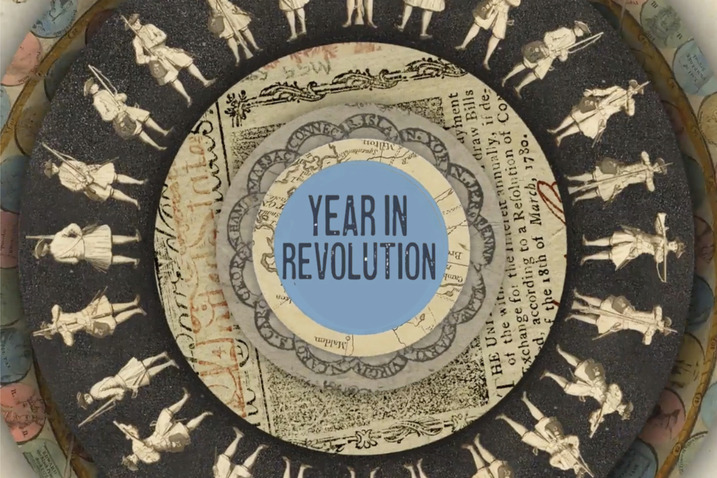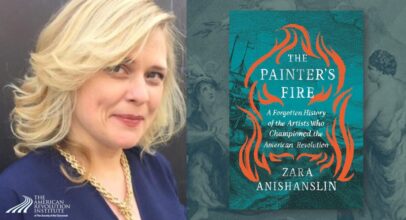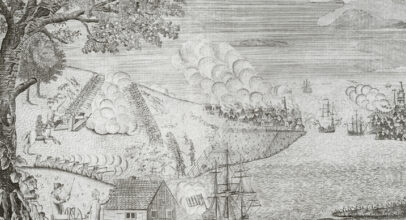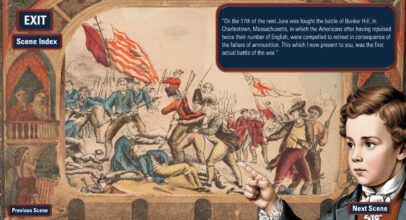
News
Year in Revolution Video Series Now Available
To commemorate the 250th anniversary of the American Revolution, the American Revolution Institute of the Society of the Cincinnati is proud to announce the launch of its new short-form video series titled Year in Revolution. Designed for classroom use, students and lifelong learners alike will learn about each year of the Revolution through a comprehensive overview video and five “who, what, where, when and how” videos. The videos for the years 1775 and 1776 are now available.
Learn More and Watch



